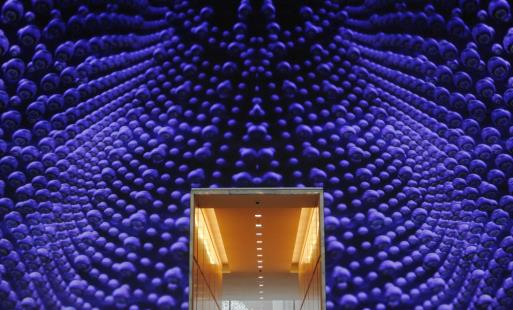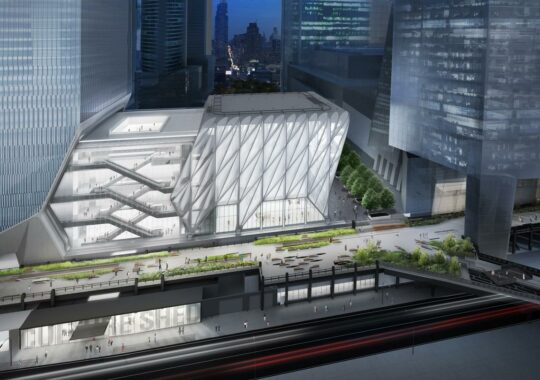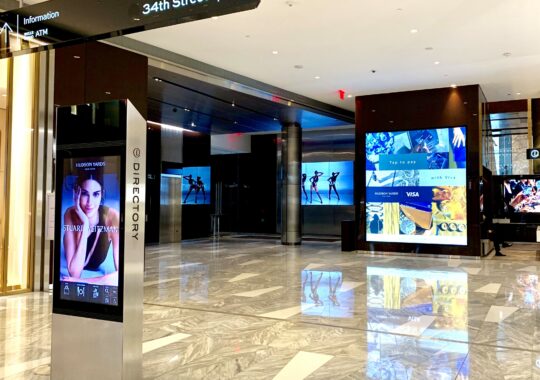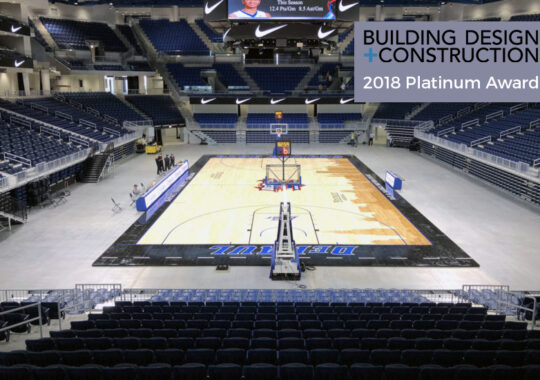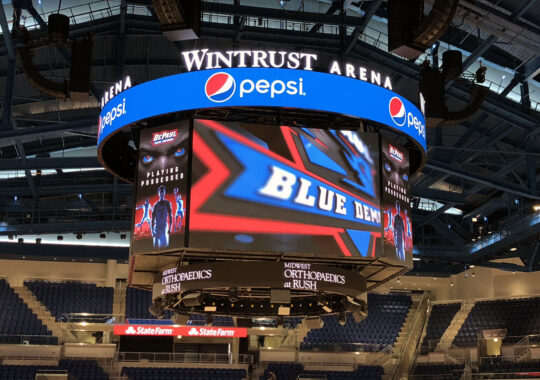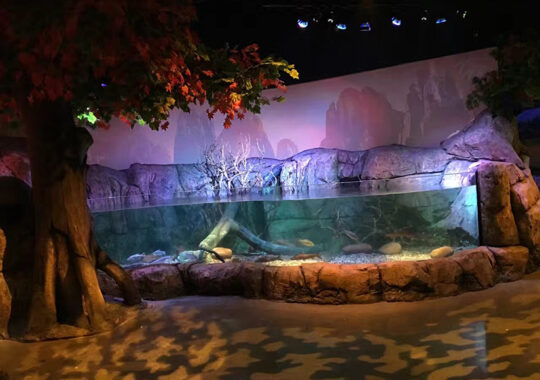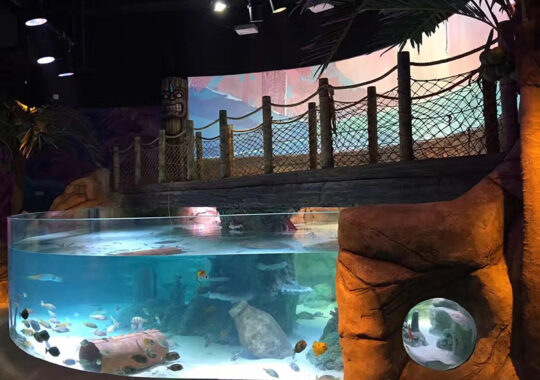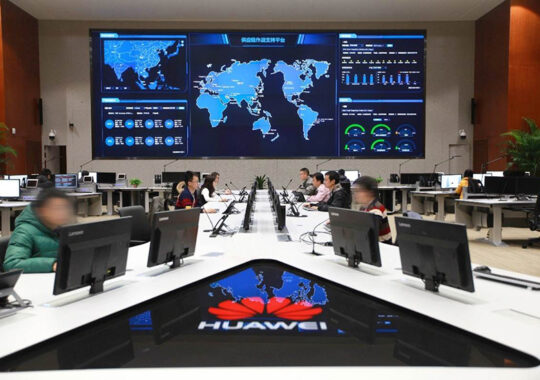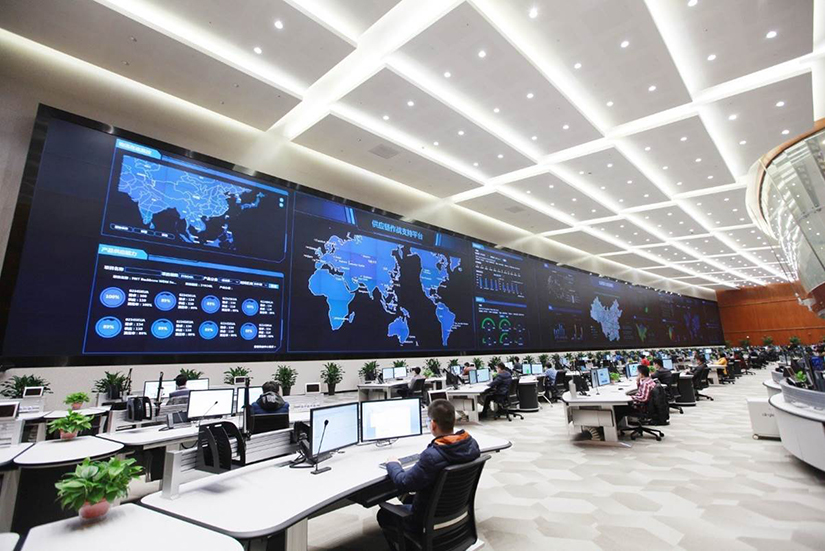A great customer experience center should not feel like walking through a bad museum exhibit, with static displays and voiceovers. Such exhibits tend to rely more on simply presenting information, instead of creating a sense of wonder and exploration. If that user experience is not intuitive, engaging, or impactful, then the user leaves with a negative impression of the brand. Creating a great experience is just as, if not more, important than simply the message being presented.
This blog will go through a few ways that can help elevate a customer experience.
The design of that user experience is no simple task, as it requires a tight coordination between the technology, content, and control systems. The audiovisual systems need to be designed around the content, and the interiors need to be designed around the audiovisual systems. This creates a harmonious space where form certainly follows function. Use of IP video distribution and central network storage devices opens the flexibility of the center, which allows for a multitude of experiences to be curated for guests. The keyword is “flexibility.”
Know your audience. This seems like common sense, but customer experience relies heavily on the targeted audience. It’s a branding awareness tool, so it should be treated as such. Will the guests want to walk up to a large video wall and touch to interact? If not, then it’s probably not a good idea to design those systems into the experience.
Technology designers need to think like marketers when working with an experience center. We need to be able to ask questions to understand the branding message, the demographic, and the preferred way to present content. Understanding the culture of the demographic will greatly help narrow down technology design options. If the primary customers are C-Suite level, then they may be less inclined to interact, and they may just want to stand back to ask questions. However, there may also be times that more tech-savvy guests are present and want to interact more with the content. Designing a system that allows flexibility for both modes, or a hybrid of the two, is key to its overall success.
If a control panel is being used in the experience it should be used in tandem with other interactive elements. This touchpanel should not be used to launch all content and settings. A great customer experience center should have some elements of automation and interactivity outside the realm of a touchpanel. As designers, we need to have in depth conversations with the client about where the handoff takes place, and how much the experience relies on a touchpanel user interface.
But be careful not to use cliché museum elements like physical buttons that trigger audio voiceovers. Allowing a host to use a touchpanel to launch content can be very useful. The UI can also be designed to read like the script that the host will be using. In that instance, the host just needs to keep pressing the next button in sequence to keep the show moving. However, if done improperly, this can make the experience feel staged and static. So, pay careful attention to how much override control the host has to go off script should a guest ask a question that requires an ad-hoc discussion.
Customer experience comes in all forms, and can be very simple or complex. No matter the scale it should still be inviting, engaging, and informative for the guests. You want the guests to leave with a sense of understanding about the brand and what problems they can solve. This can only happen effectively if there is a close collaboration between the content, architecture, brand message, and technology. Coordinating these items to allow some flexibility in the systems will help yield a great experience the customer will remember.



